Swipe Right: 8 Ways to Find Your Product Potential Users

If a digital product were to go speed dating, what's the first thing it would say to the person across the table? If it had a Tinder profile, would its landing page make a potential suitor swipe right?
It's said that it only takes 5 seconds to make a strong first impression. Here are eight ways to get a product all the visibility and users possible.
Bringing the Right Users to the Table
When launching a new product, it's vital to get it in front of the people most likely to use it. Common sense, right? Attracting the right users means having a clear image of who they are before launching the product. An important tactic to understanding users is persona creation. Consider the users' needs, goals and motivations; then craft messages most likely to resonate with them. These insights will help prioritize the messages and establish user flows that best fit a customer journey. Each persona will likely need a different path to purchase, so creating multiple landing pages can help capture new traffic and increase visitor conversions.
Onboarding Users
New user onboarding is one of the most crucial (and most frustrating) elements of any product launch. Successful onboarding requires clear understanding of user journeys, from a visitor's first click on the company website to their first interaction with the product. An effective user onboarding process will get new users accustomed to the product and excited about its value. This could mean offering a 30-day free trial, giving the provider a chance to teach potential customers about the product, market to them often and establish a relationship.
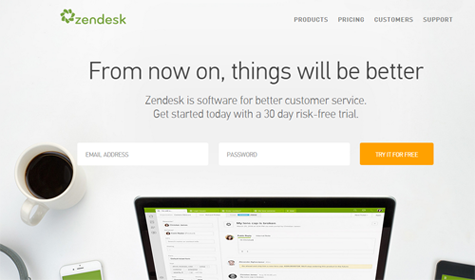
Onboarding is all about giving new users the tools and insight they need to get started - and continue - using a product. Some websites may not need an onboarding process, but social platforms, software as a service (SaaS) products and other digital services often require a bit of handholding for users. This process can mean the difference between a winning product and one that disappears quietly.
Creating Desire: Driving Home the Value Proposition
In order for the product to be highly desirable, the prospective user needs to understand its value proposition immediately. The value proposition is a clear, simple mini-pitch detailing what makes the product unique. Best written in one to two sentences, users should be able to grasp the product's core advantages in less than five seconds. Those five seconds are the product's only distinct opportunity to provide users with a "Eureka" moment, where the user understands the cost and benefits of the product enough to want to dive in deeper.
Can you spot the value proposition in the screenshot below?
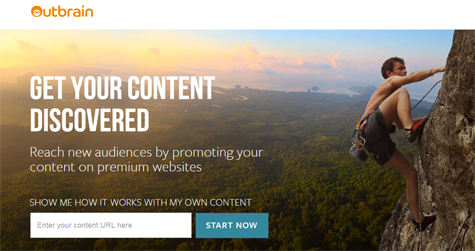
Keeping it Simple: Account Creation
A product may have an incredible value proposition balancing brevity, detail and personality, but following it up with a poor sign-up experience can stop onboarding in its tracks. User friction is almost inevitable, but good design can help grease the wheels and encourage successful sign-ups.
Unfortunately, even the simple act of signing up can be too much, too quickly for many users.
Social login or email sign-up can seriously reduce the user friction of a sign-up, but many businesses will still want the data that comes with a full sign-up form.
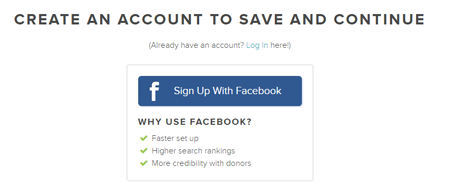
Try to implement inline form validation (see image), shown to decrease form completion time by a whopping 42 percent.
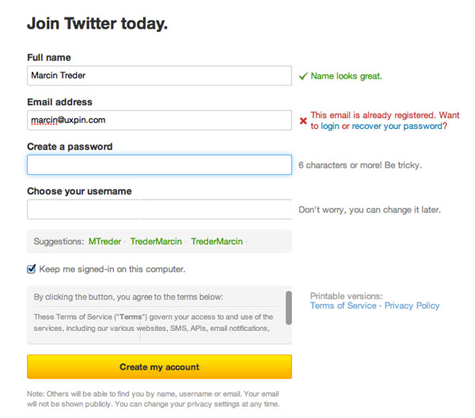
Also, go ahead and get rid of any unnecessary form fields. Keep it to an absolute minimum for what the database needs to register a new user: When it doubt, throw it out.
Shepherding Users
Ambiguity in onboarding is another source of friction, but designers can temper that frustration by providing new users with clear expectations. Users with a pathway to completion are far more likely to complete the onboarding process.
On the other side of that coin, a good user experience will always require an option to skip guidance. Some users may have already used the product and will not need shepherding. Many users simply hate being told what to do and will prefer to explore the product on their own. Allowing users to opt out of guidance instills a sense of control over the product.
Getting It Done: Task Completion
Even if a user needs guidance, the company will occasionally need to introduce features point-blank and get out of the user's way. The simplest way to do this is to have a new user actually do something with the product: write a new post, fill out a bio or even refer another user. The product depends on users establishing comfort with core features, and nothing builds user confidence like handing them the keys and telling them to floor it.
Offering a Tour: The Guided Walkthrough
Of course, most products have more than one feature to introduce, and complicated products often require a more involved onboarding process. Users need to experience that golden moment where they realize they don't want to live without the product, and navigating multiple features can delay that moment. Consider using guided interaction that educates and familiarizes users with the core features of the product while they go through the motions.
Brands may also want to consider adding a video section, like Apple does for its Apple Watch.
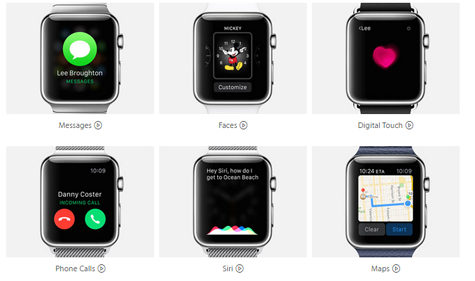
Finish It: Using an Email Plan
An established user is only valuable if she returns to use the product. Many people have predicted the death of email over the years, but it is still the most effective way to convert a new user into a paying customer. A robust email plan can become a roadmap for users to grow from a total newbie to a seasoned vet. Using the customer personas as a guide, map both registered and non-registered user journeys through the product and come up with emails to get them to the major milestones they need to accomplish to take full advantage of what's offered.
Onboarding has a few key stages, but there are countless methods to secure a successful onboarding experience for new users. Keep in mind that an effective process requires endless testing and refinement of every aspect of onboarding to ensure all the bases are covered, and the process is giving users what they need most when they need it.
Subscribe to Our Newsletter!
Latest in Marketing








